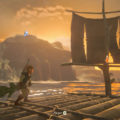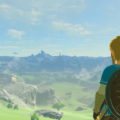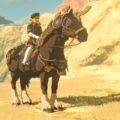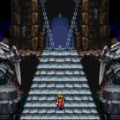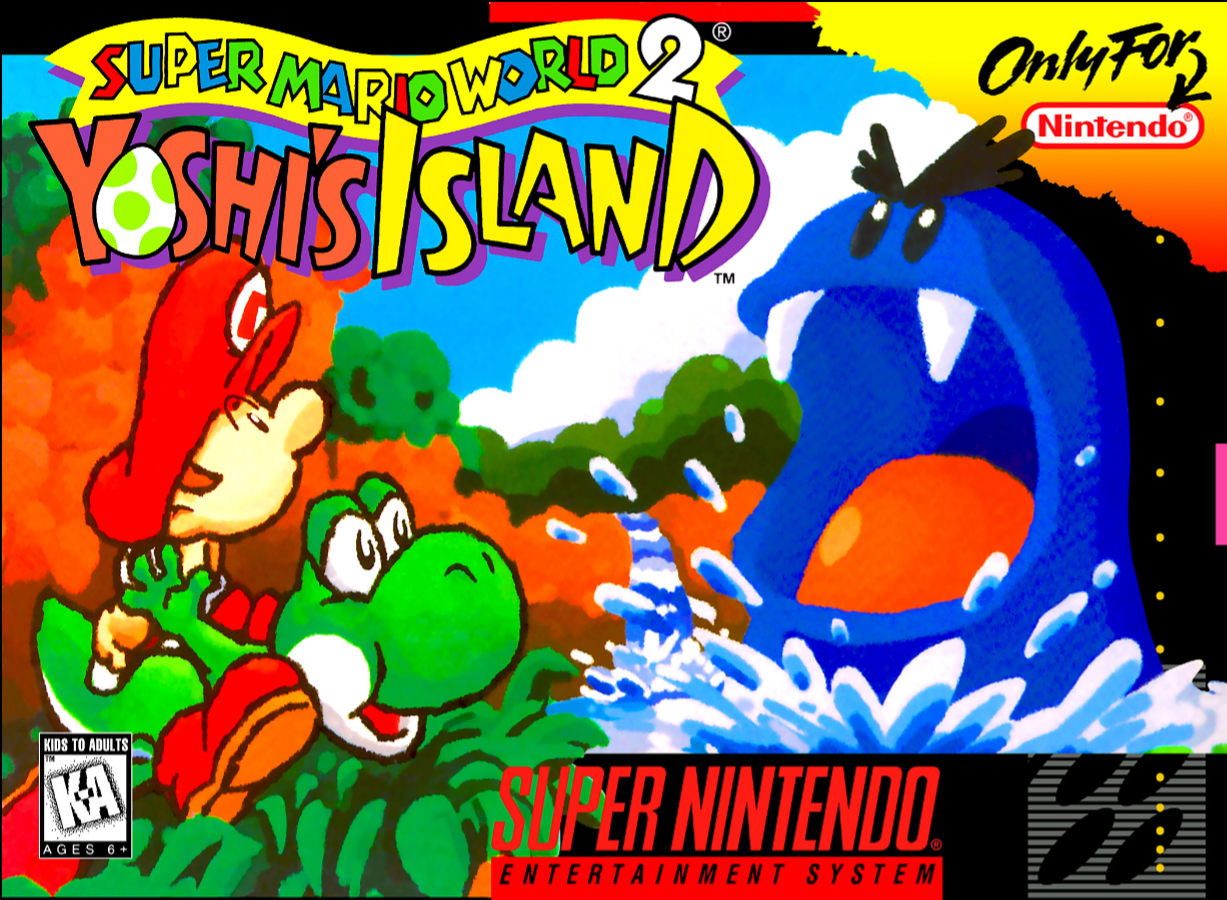Cognition Dissemination: The Beautiful Exploration in Breath of the Wild

There was no way that I could dodge discussions about the qualities, and perhaps some misgivings, of The Legend of Zelda: Breath of the Wild well before I was able to play it. I’ve seen constant talk about it being one of the best games in The Legend of Zelda franchise and one of the top reasons to get a Nintendo Switch, and one of the first titles to play on the hardware upon getting it. That’s, of course, why I played this 2017 title between March and April of 2024, two-and-a-half years after getting the system with the OLED version, playing plenty of other games (including two other Zelda games) before it. I have sinned as a Switch owner, yes, but at least I eventually got around to it.
And lo! It was a great game. I had the feeling that I would enjoy it before playing it, after having plenty of fun with the last non-linear Zelda experiment after the oldest games in the franchise with The Legend of Zelda: A Link Between Worlds and being unable to get into Skyward Sword with the HD version despite giving it an earnest shot. It’s been so long that I’ve even played games that were at least partially inspired by Breath of the Wild. Now that I’ve spent a whopping 125 hours with it (still rookie numbers that I need to pump up, according to a certain someone), I firmly believe that it’s one of the best games I’ve ever played.
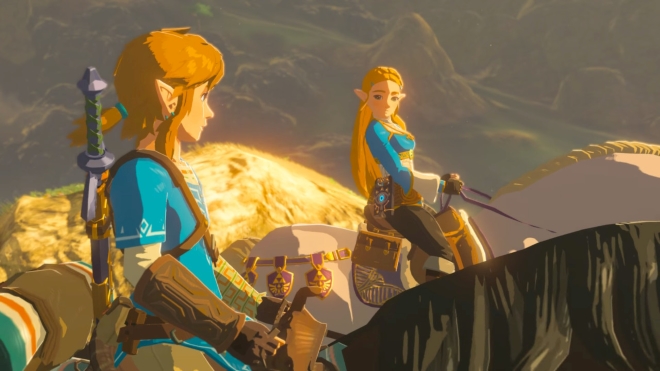
There’s a lot to love about BotW, but the aspect I’ll continue to think about is the game’s approach to exploration. It seems intimidating at first, after largely throwing the player to the wolves (sometimes in a literal sense) and expecting them to largely figure everything out. I used “largely” twice there because though it takes cues from the original The Legend of Zelda in its approach to exploration, it ensures that the player isn’t entirely lost. The game, at its start, spells out where Link should go to advance the story. But it takes plenty of time to get there thanks to the sheer number of places to explore throughout Hyrule’s vibrant fields and the many other locales in the vicinity.
The development team at Nintendo took steps to ensure that players like me wouldn’t feel too lost, at least for the main quest. That’s not the case for the side quests and the many, many Shrines around the game’s world. But that was a great thing. BotW excels at making merely running around environments and exploring plenty of fun. The concept of not having waypoint markers of having every location listed on the map is a boon and not a hindrance, and I didn’t want it any other way by the game’s end.
BotW is a long, long game, as you can see from the many hours it took me to complete the story I mentioned above. But the game is good at convincing the player that they’ve done something meaningful with the possibly-limited free time they’ll perhaps have with it. There were points where I only had an hour-and-a-half to get a little time with the game in, but that was enough to find new locations that I still hadn’t ventured to after playing for so many hours. This included locations that didn’t need to be visited as part of the story after freeing all the Divine Beasts and collecting the last batch of memories I could before venturing to take on Calamity Ganon. The game offers the player plenty of freedom through how much they want to play, and I couldn’t spend enough time with it.
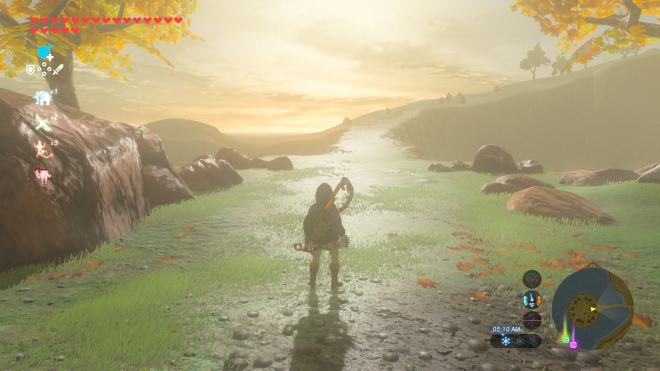
I was also surprised at how often I gawked at the environments. We’re talking about a game released between Switch and Wii U here, but BotW uses its cel shaded art style to its strengths. I can’t sing the praises of how far you can see out onto the further-away lands from certain points, mapping and marking places that look interesting in segments of Hyrule I’d yet to explore that I needed to visit at a later point. The game also has some of the best thunderstorms I’ve seen in a game, and I’m a big, giant sucker for titles that require that the character — this, of course, being Link here — dress a certain way for heat, cold, and vicious inclement weather. The post-storm views were some of my favorites in the game, especially when they happened in tandem with the sunset.
The weapon durability has also become a frequently-discussed point, and another in BotW that I didn’t mind at all. Weapons are plentiful enough that this isn’t much of a hindrance. It hurts when some very cool Royal and elemental weapons break, sure, but they’re always replaceable.
There’s not much I didn’t like in BotW, but I do wish there were more dungeons — REAL dungeons. The Shrines were nice, and presented some puzzles that made me put my green thinking cap enhanced by the thick and horny Great Fairies on. But I do believe the game could have used the same kinds of intricate dungeons found in many previous Zelda titles. Nintendo is certainly capable of implementing these kinds of dungeons in non-linear Zelda games, as shown through the aforementioned ALBW. It’s my hope that Nintendo will implement those in the next Zelda game.
I mean the actual “next Zelda game” there, and not the next one I need to play. It’s a thrill that I still have Tears of the Kingdom to venture through, and I sure as hell don’t mind revisiting this version of Hyrule within the confines of a new game. But I’ve learned through our Discord (feel free to visit — we only bite lightly) that not only should I play the downloadable content, I should have purchased and installed it before undertaking this game. Whoops. But it’s an invigorating feeling that my BotW story isn’t over just yet.

